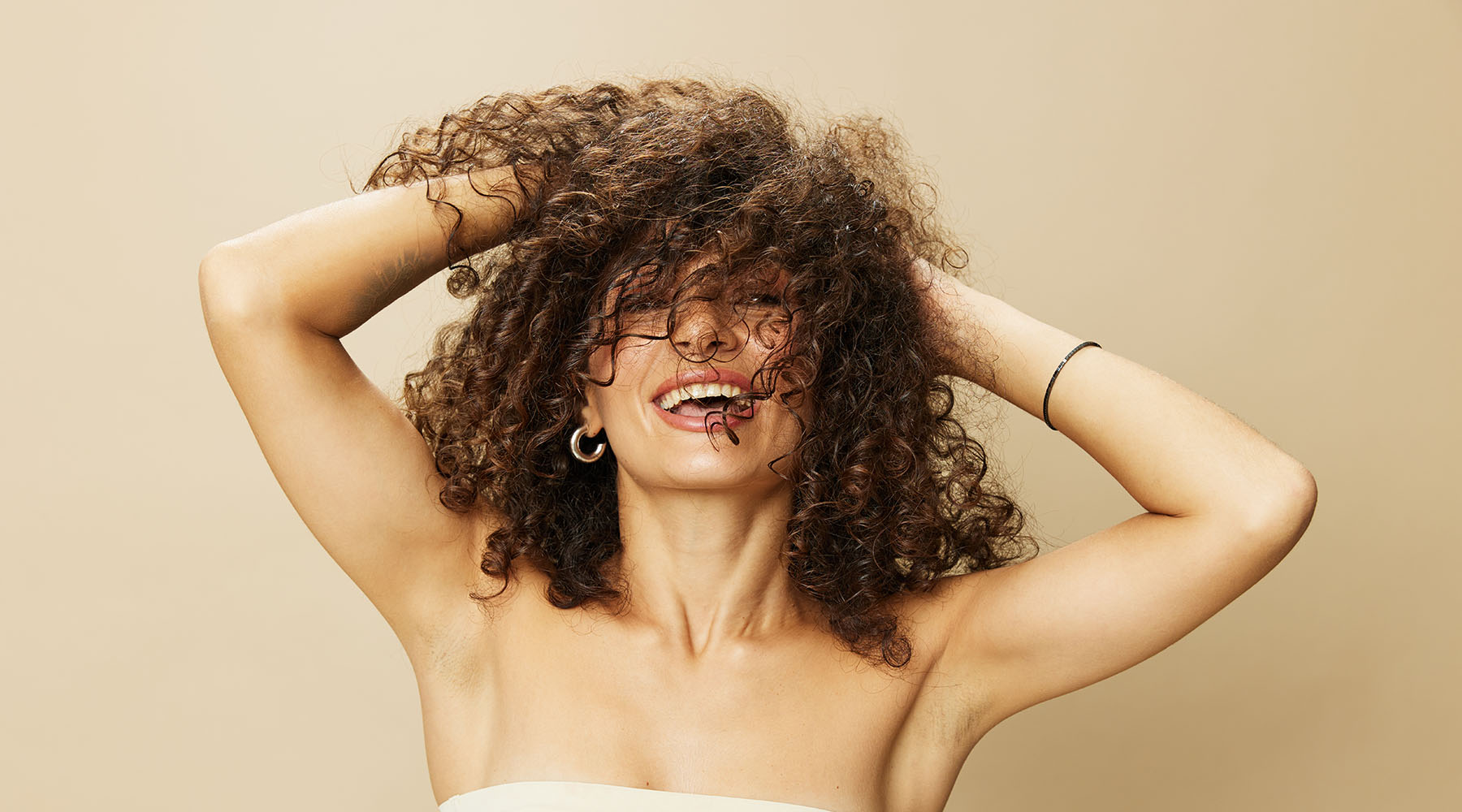
7 Ways to Help Deal with Frizzy Hair
While most of us were battling end of summer frizz in the relentless drizzle, Amal Clooney was a picture of groomed frizz-free perfection at the Venice Film Festival earlier this month. Admittedly, a lot of that was down to travelling with her long-time hairdresser, Dimitris Giannetos (who also looks after Gigi Hadid and Eva Longoria). Giannetos says a good nourishing shampoo, humidity spray (he used Moroccanoil Conditioning Shampoo and Conditioner followed by Garnier Sleek and Shine Anti-Humidity spray in Venice) combined with a great blowdry are how he keeps his clients frizz free but where does that leave the rest of us without the skills of a professional blow-dryer on call?
Frizzy hair affects most of us. There are four main culprits that cause it: humidity, dryness, genetics and damage. Hair absorbs moisture from the environment, and in wet or humid weather, there is an increased concentration of water molecules in the air, so as the hair absorbs excess moisture the hair shaft begins to swell and becomes frizzy. In the same way, frizzy hair can also be triggered by dry hair. Scalp oil production declines with age, which means there is less natural sebum to nourish the hair shaft so hair can feel more brittle as we get older. Hair lacking moisture is more prone to fluff up in search for moisture from the surrounding environment.
Then there is genetics. If your hair naturally grows in waves, curls or coils it’s more susceptible to frizz. This is because this hair type has a more uneven cuticle surface which allows moisture to penetrate and disrupt the hair’s smooth structure. Similarly, if your hair has been damaged (from excessive heat styling, harsh chemical treatments or stripping shampoos) the cuticle becomes porous and more susceptible to moisture absorption which leads to frizz.
There is an inordinate number of products and salon treatments out there devoted to smoothing our hair, but it can be a bit of a minefield knowing where to start. I asked a panel consisting of consultant dermatologist Dr Ophelia Veraitch and London’s leading hair stylists (who look after everyone from the Princess of Wales to Kate Moss) for their everyday tips for keeping hair frizz free on a daily basis.
Avoid Professional Straightening Treatments
Dr Ophelia Veraitch says that costly hair straightening treatments should be avoided, “I am a long sufferer of frizzy hair and spent about 20 years (and much expense) having Japanese hair straightening and smoothing keratin treatments. Yes, this made my hair feel and look smoother but it caused damage and thinning. It has taken about 3 – 4 years to let it all grow back and now my hair is double the thickness just from stopping these kinds of treatments. As tempting as it is with frizz to use chemical and heat treatments, all of these are temporary fixes and will damage the hair shaft significantly. Dealing with frizz in a healthier way is about finding the right products (usually creams or lightweight oils) which lock in moisture when the hair is damp or wet.”
Use a good shampoo and Conditioner
Dr Ophelia also says it’s not necessary to spend a fortune of expensive shampoos and conditioners. She often recommends the L’Oreal Paris Elvive Full Restore 5 Shampoo and Conditioner, £6 each, which work well on hair that has been damaged from too much heat styling and over-colouring.
Try a hair oil or cream
Finding a lightweight hair cream or oil that doesn’t weight the hair down or make it look greasy can be a game-changer. Backstage hair stylist Sam McKnight took years to create his own hair cream, Happy Endings Nourishing Balm, £36 which de-frizzes, de-fluffs and defines hair transforming it from a fluffy mess into smooth, beautiful waves. “You can apply it to wet or dry hair. It works for all ages but unfortunately midlife hair is more susceptible to frizz, as is grey hair or coloured hair. So having a lightweight balm like this in your handbag for quick touch ups throughout the day can help keep you looking polished.” And importantly, it doesn’t weigh the hair down. He also has an excellent lightweight oil, Love Me Do, £32, which works brilliantly post blowdry to smooth flyaway hair and frizz.
Use a pre-blowdry spray
Product developer Gail Federici, who founded Color Wow, (she originally created the Frizz Ease hair care range with John Frieda over 20 years ago) has got another winning product on her hands. Color Wow Dreamcoat Supernatural Spray, £27, acts like a raincoat for frizz-prone hair. You spritz it on wet hair before it dries and it instantly smoothes the hair cuticle and seems to humidity-proof the hair. Hair appears glossier and has a sheen to it after using it. There is a new version for curly hair or coils or extremely frizzy hair.
Don’t blowdry using the hot setting
“A good haircut is key,” says hair stylist Luke Hersheson, who has just cut Victoria Beckham’s hair into a flattering mid-length bob. “A great haircut will lessen the time you need to spend blow-drying the hair and so minimise damage and frizz. I ask my clients to try and leave their hair air dry as much as they can and then just use the blowdryer at the end. Victoria’s bob is a good example of this as you can wash it, tuck it behind the ears and let it dry on its own and just finish off the ends. Of course, time won’t always allow for this so if you do use a blowdryer from wet hair, use it on the coolest setting. It will help the condition and the hair will appear shinier.”
Try the natural approach
Dr Ophelia agrees that limiting blowdry time can pay dividends for hair health. “There is also the cultural thing about curly and frizzy hair. There used to be the equation that that for hair to be beautiful it has to be smooth and blonde like Barbie. Black/ Asian and Mediterranean women have long tried to straighten out their hair to look more westernised. But ‘going natural’ is becoming more popular in all cultures as women are happier to accept how they are genetically programmed and cultural norms on beauty are slowly changing.”
Be gentle
“Try and be gentle from the get-go” says Sam McKnight , “Even at the shampooing stage, you want to avoid disrupting the cuticle and using any abrasive action on your hair strands. When shampooing the hair, focus on the roots by massaging the scalp. You shouldn’t need to be rough and rub the strands together. As you rinse the shampoo from your scalp and
roots it will travel down your hair and clean it. And do not roughly rub the hair with a towel. It should always be a gentle squeezing from roots to tips. Microfibre towels work by absorbing moisture quickly so can speed up the drying process.
It’s also worth thinking about how you sleep. Investing in a silk hair scrunchie and silk pillowcase can minimize friction. The key is to prevent hair being loose whilst you sleep creating friction and a tangled mess when you wake up.
By Lucia Ferrai
Shop Bestsellers




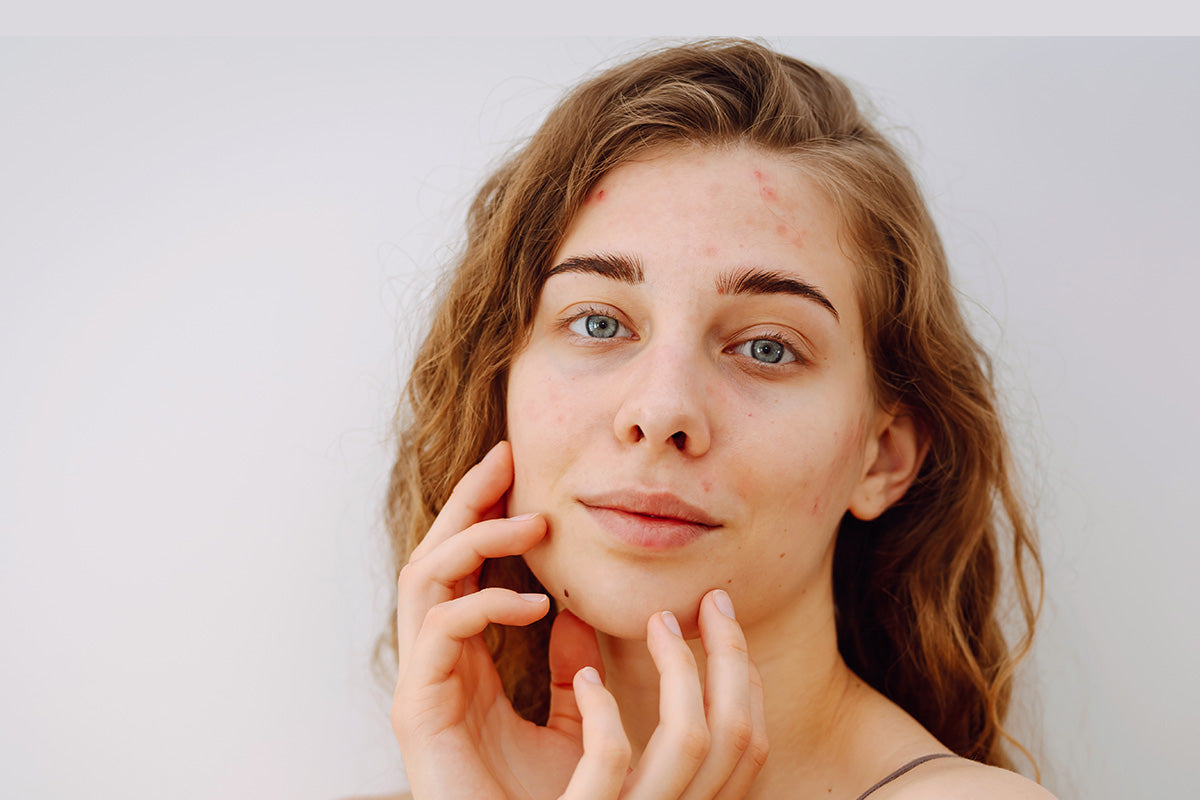
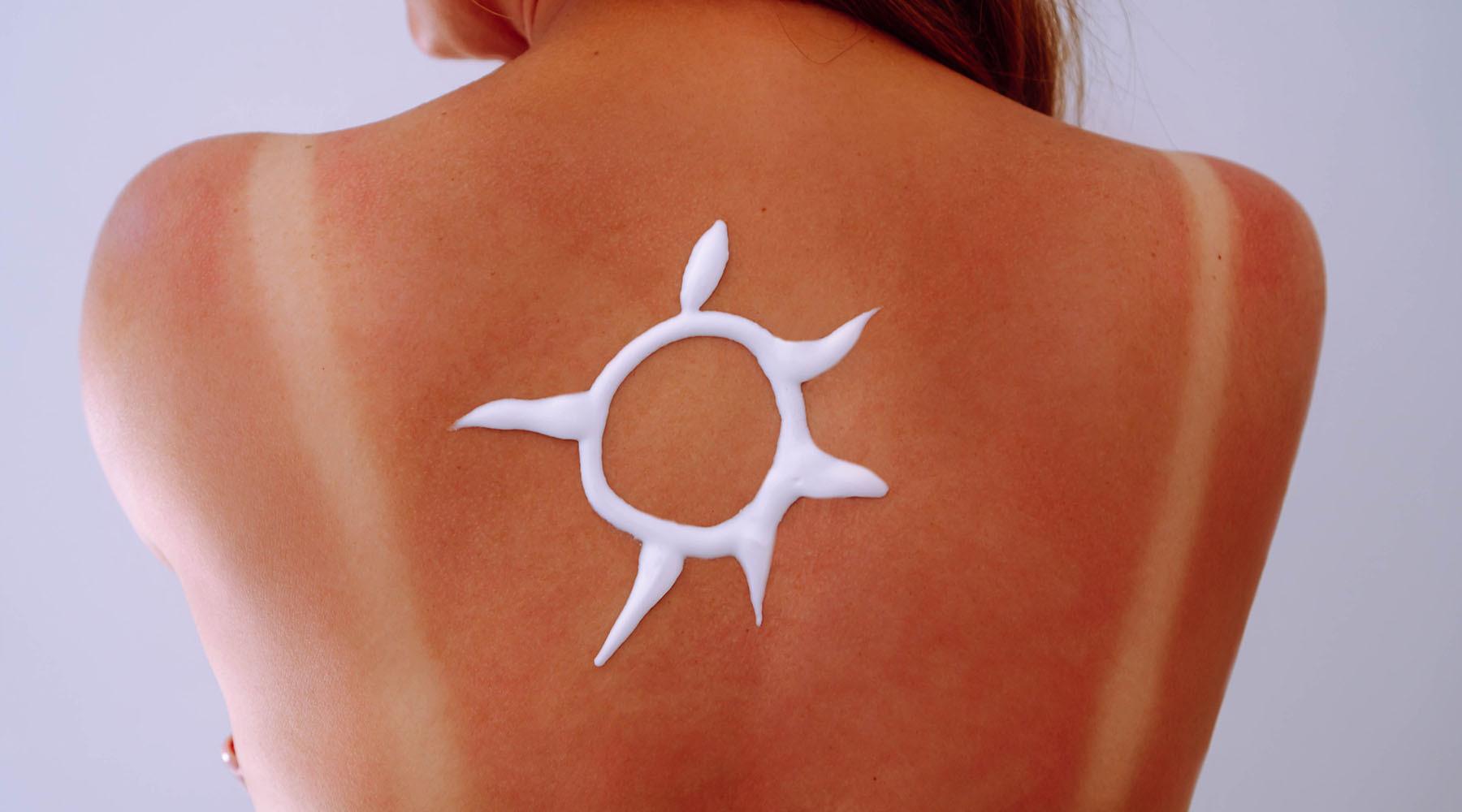
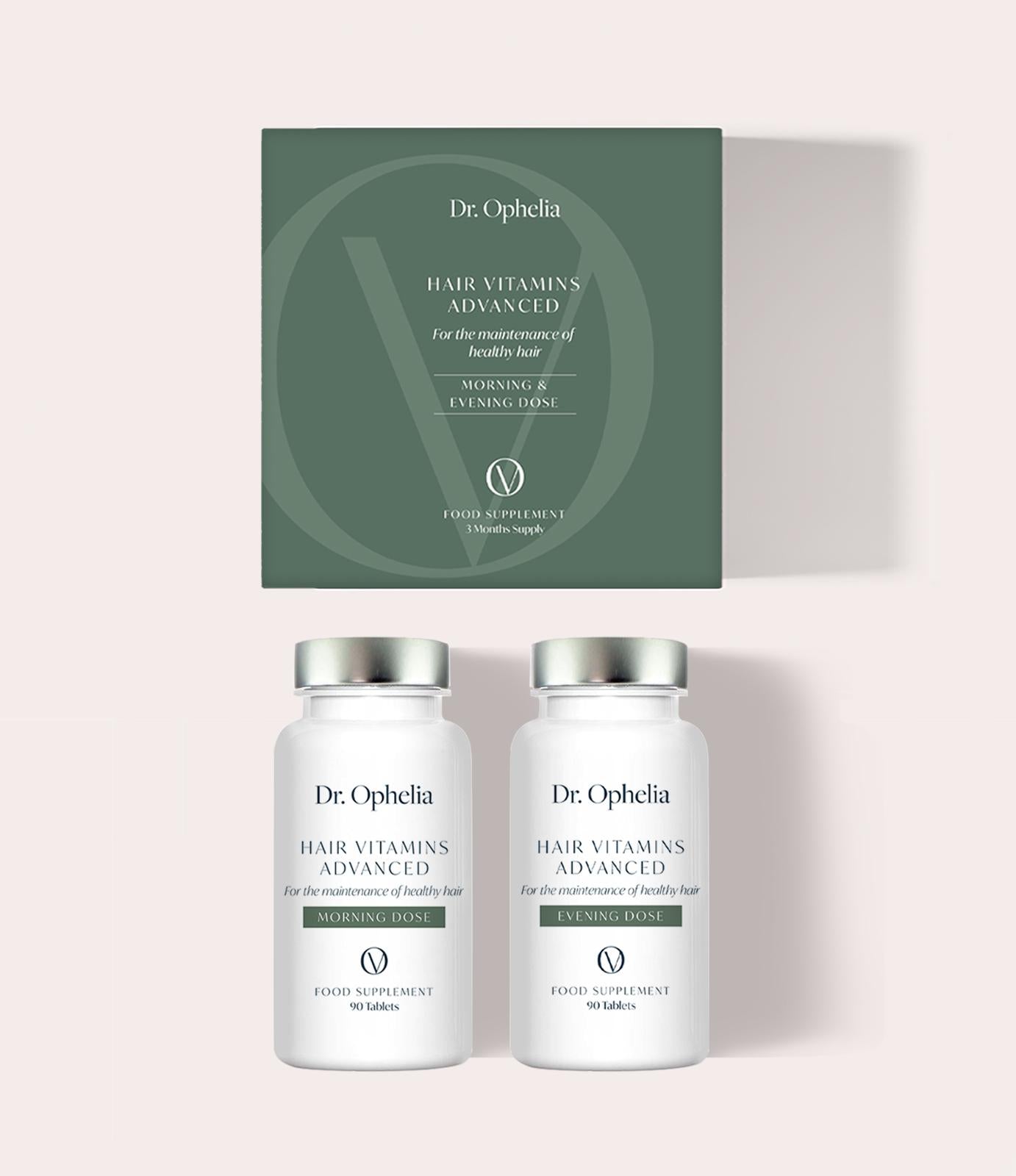
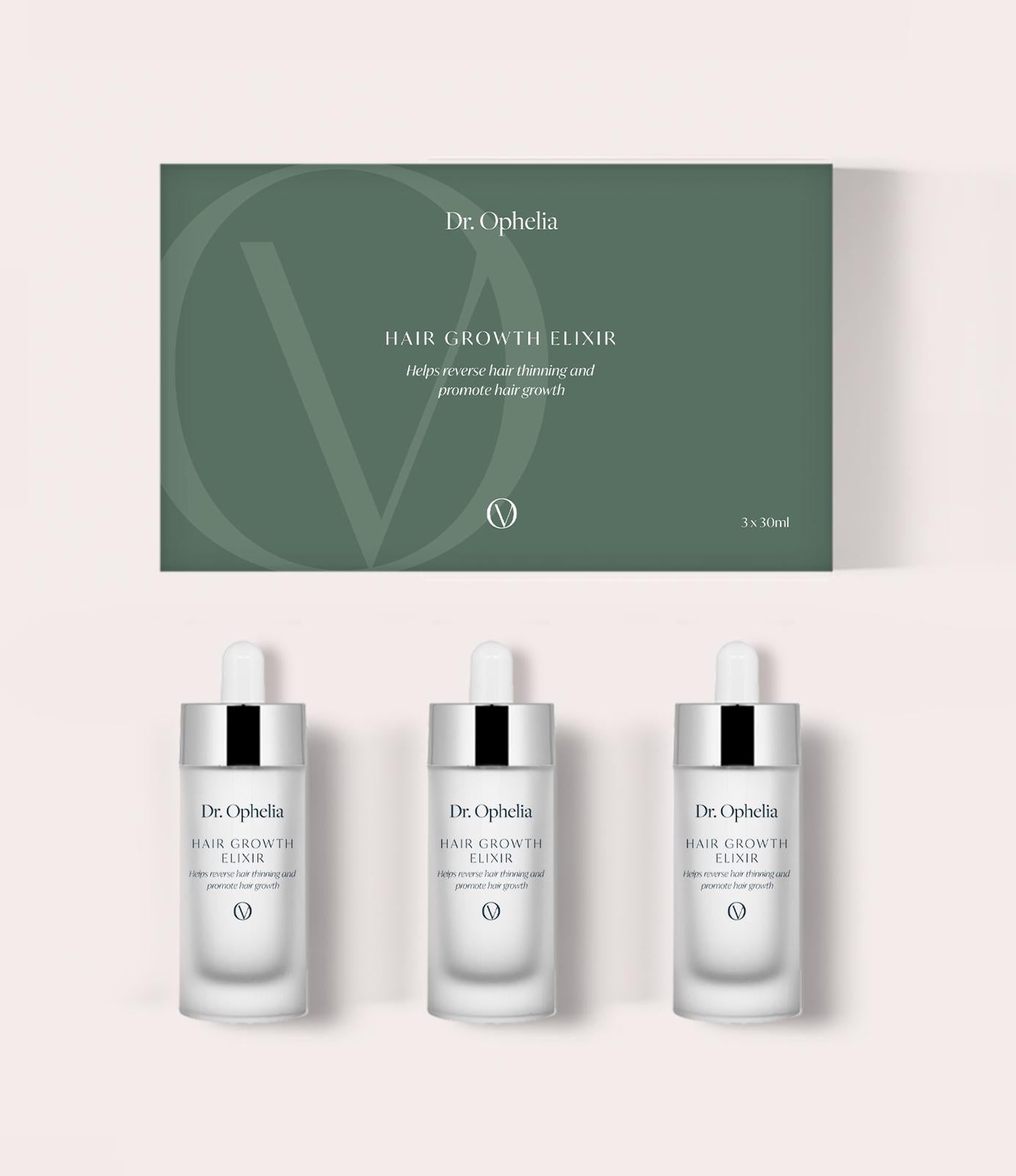
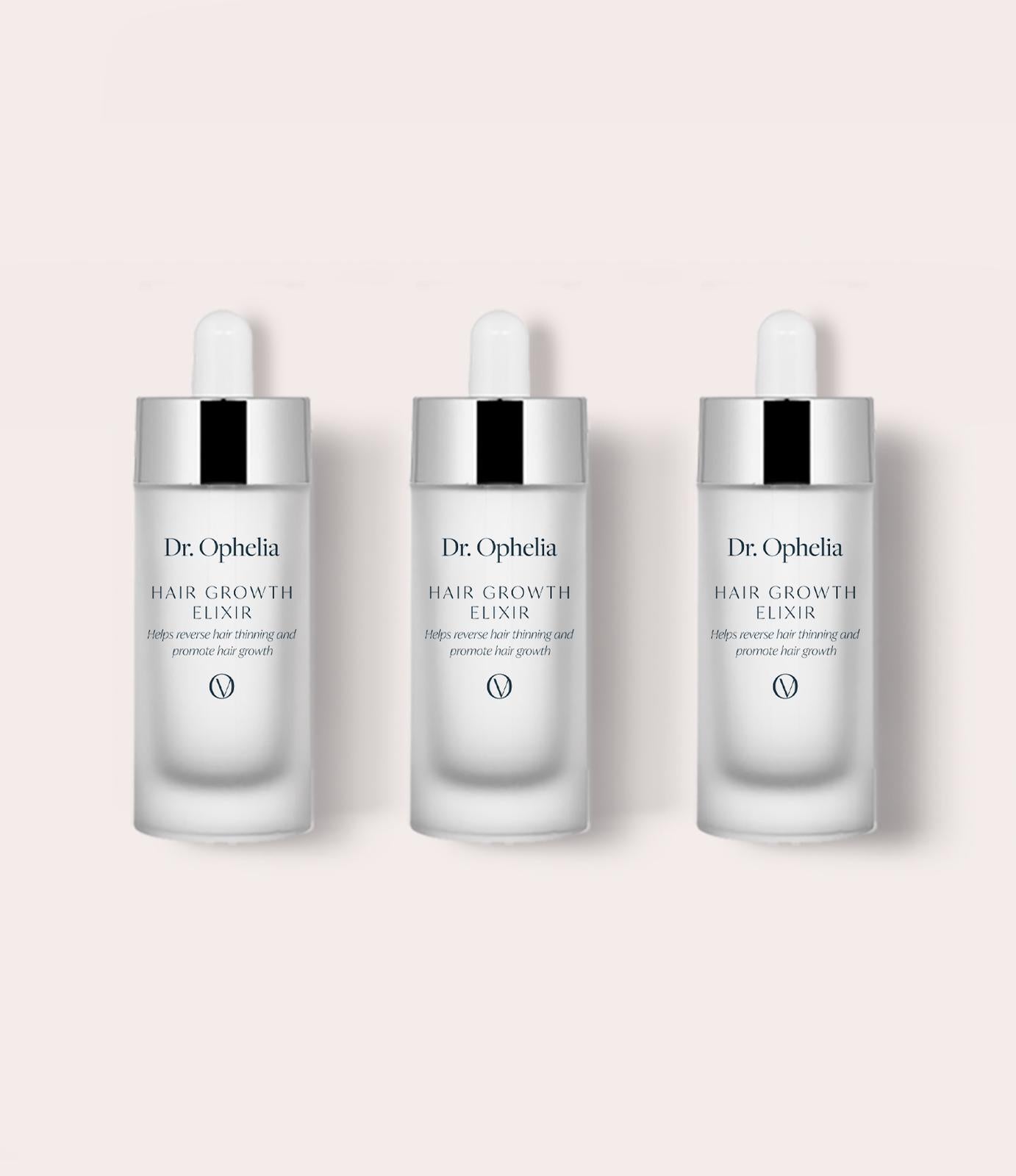
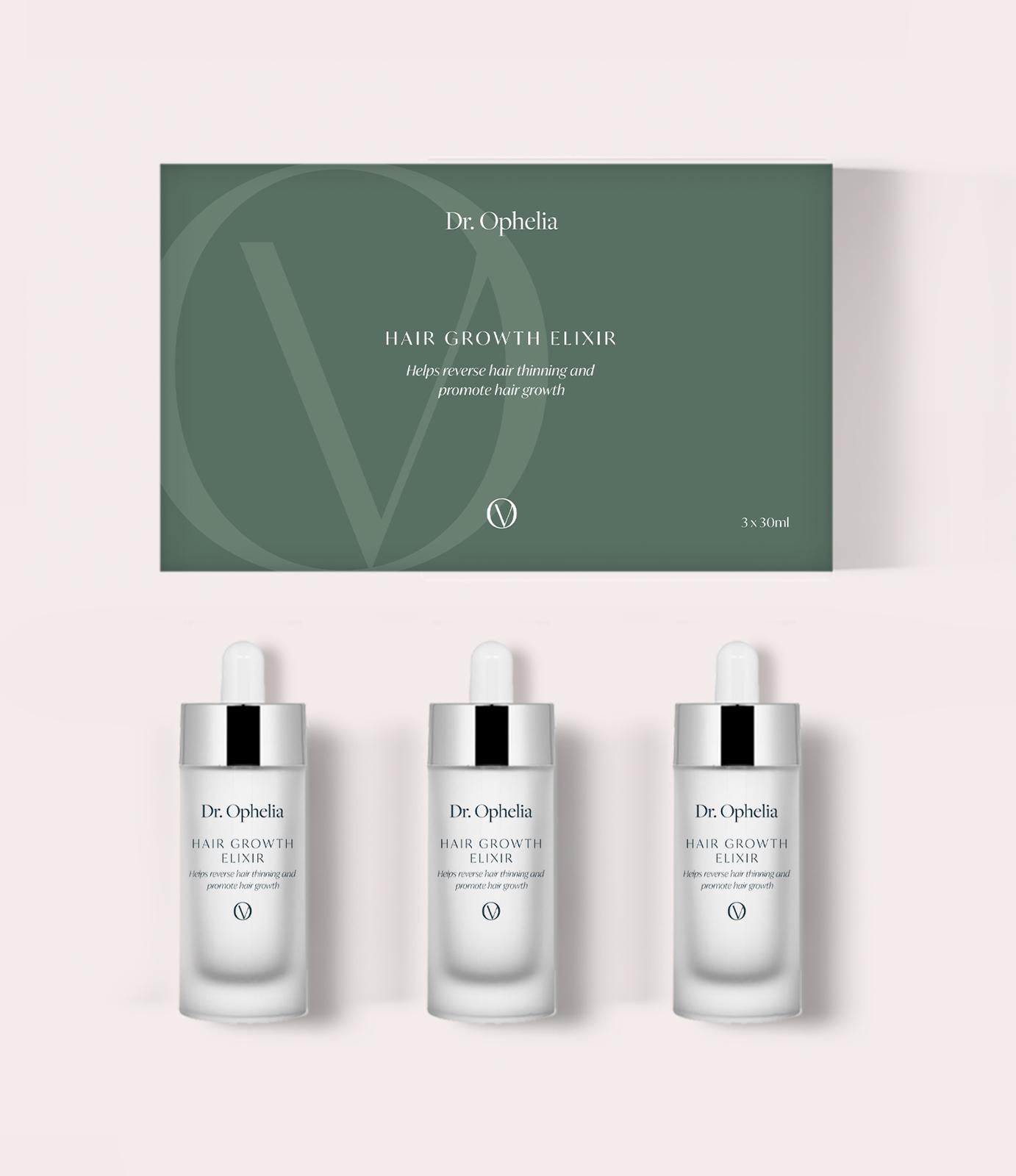
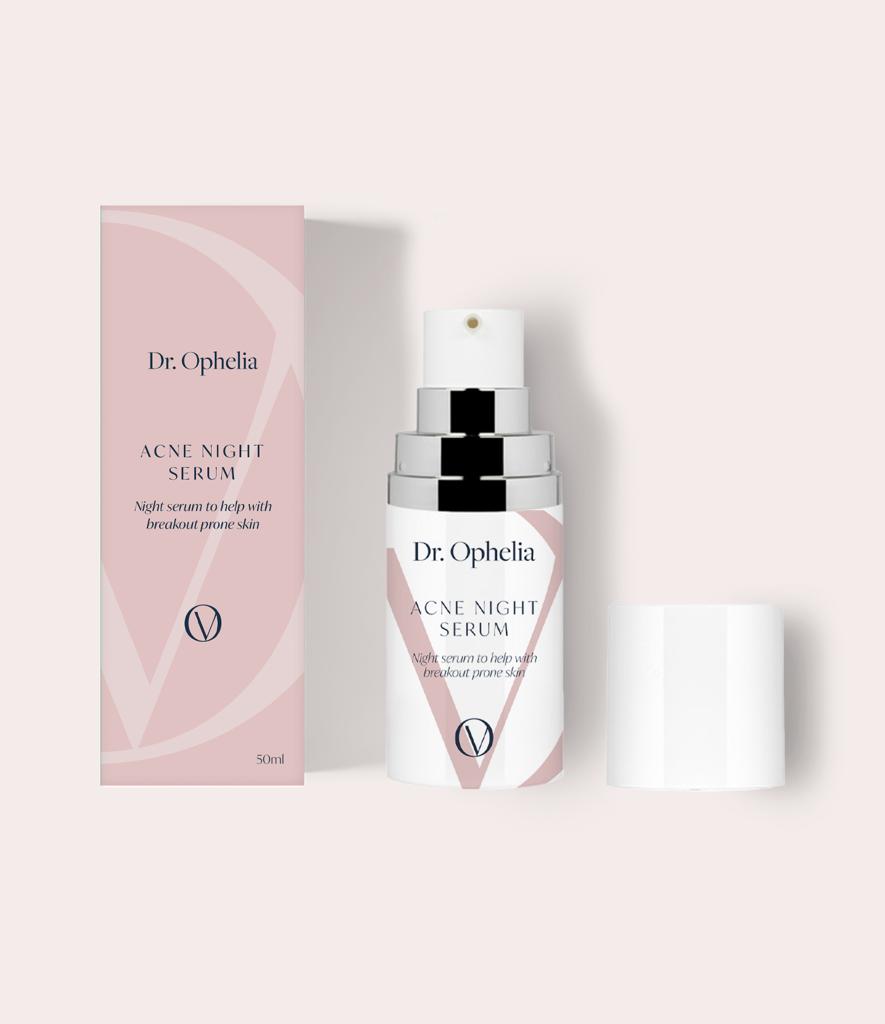
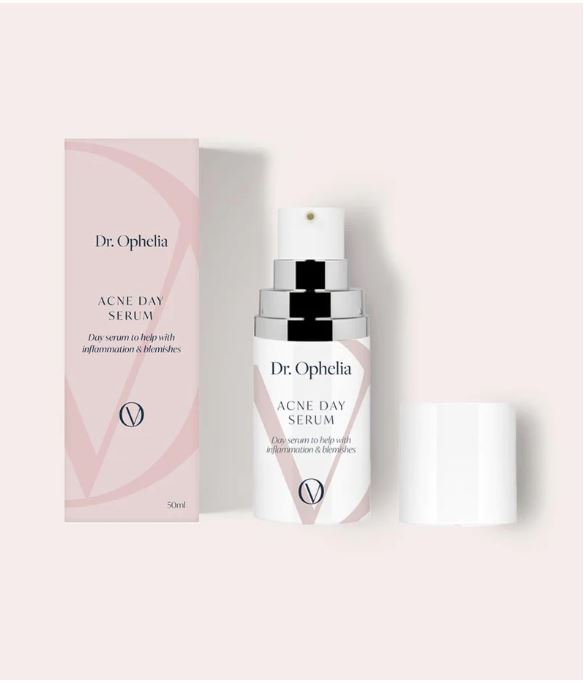
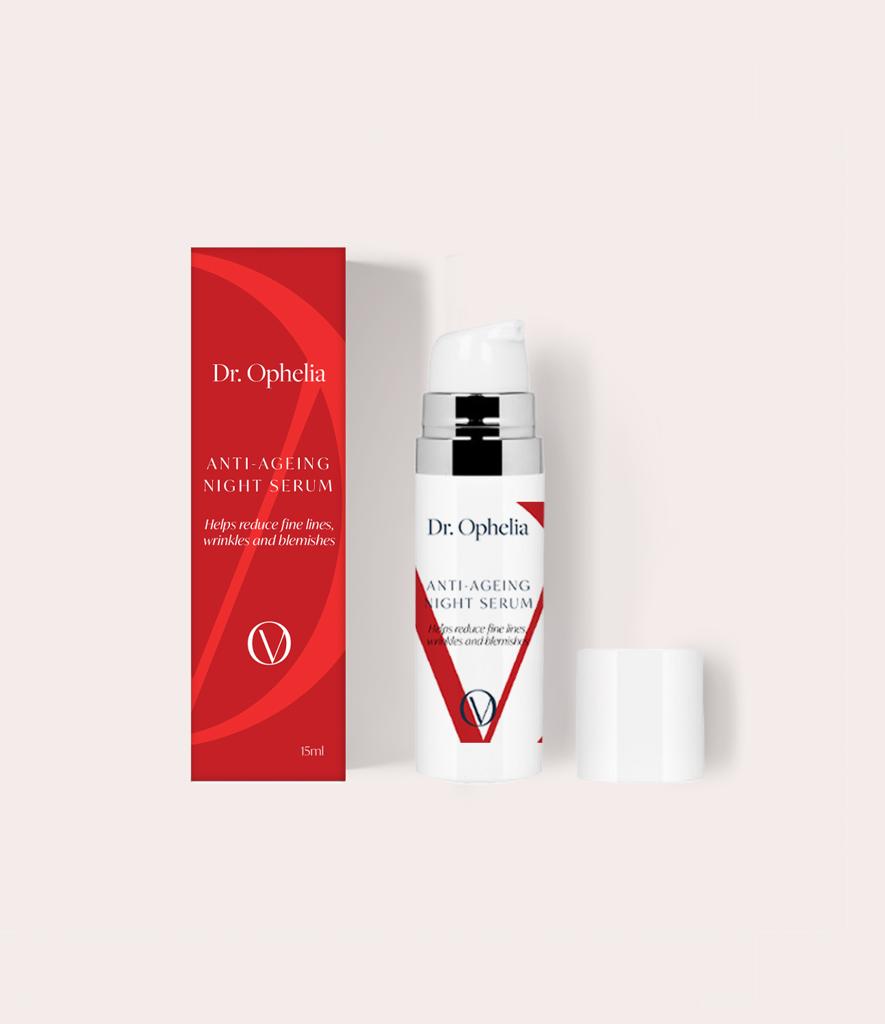
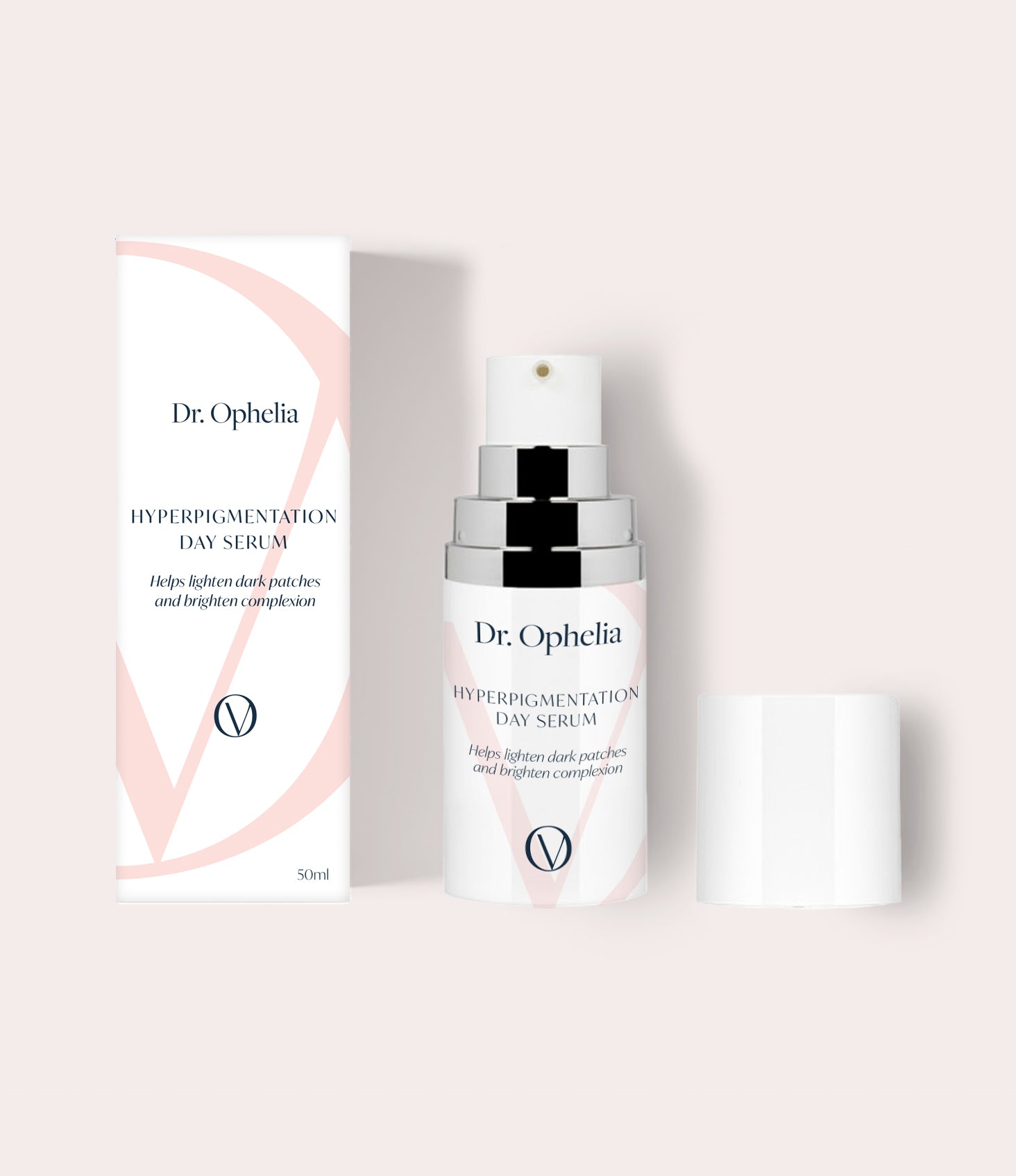
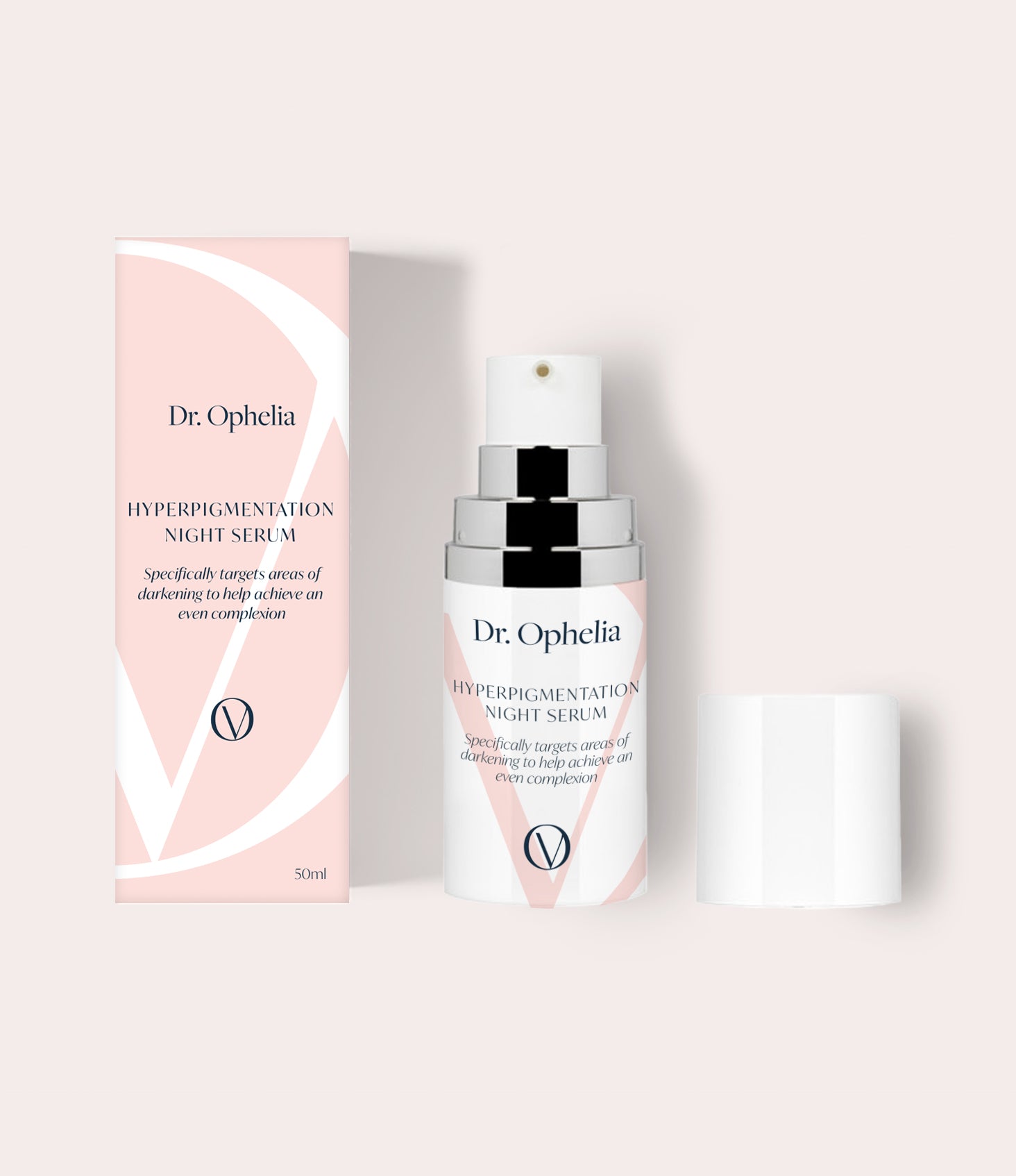
Leave a comment
This site is protected by hCaptcha and the hCaptcha Privacy Policy and Terms of Service apply.